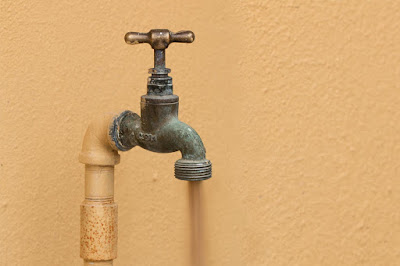Reverse Osmosis is the process which is used exorbitantly to purify water. What we observe on water filters or bottled water labelled with RO which means it is purified by Reverse Osmosis. RO membranes are used in the water filters extensively. So what is Reverse Osmosis exactly and how it works?
Reverse Osmosis
Reverse Osmosis as the name suggests is an opposite process of Osmosis. Osmosis is a process in which solvent passes through semi permeable membrane from low pressure to high pressure to neutralise the solute on both sides. Reverse Osmosis is the exactly opposite process in which water(solvent) passes through semi permeable membrane form high pressure to low pressure leaving behind the impurities.
Reverse osmosis is the most widely used water purification method in the drinking water manufacturing industry. The drawback of RO is that it alters the taste of water and may remove some essential mineral from water. There are certain brands of RO which claim to retain the essential minerals in water. The semipermeable membrane require regular care and maintenance.
Watch how Reverse Osmosis works:
